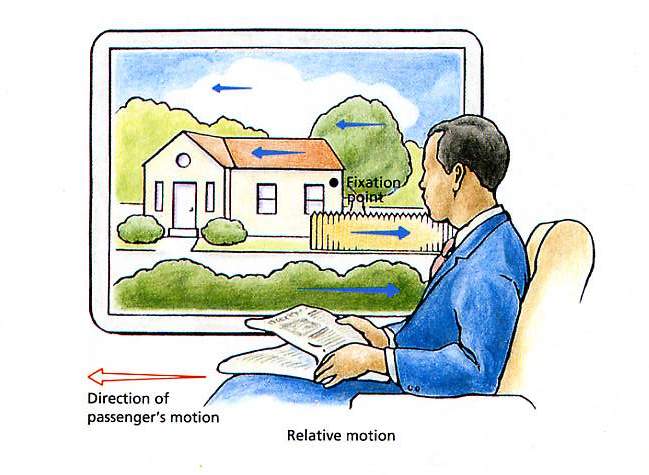Hey viewers, back again with a new post, and this may just get you on your feet and start moving at high speeds. I hope that this post will get you in motion, but don't displace(ment) your coffee cups just yet because we are going to learn about speed, motion, velocity, and some other fun and interesting things about motion! So, sit down, get comfortable, and get ready to be taken on a wild ride as we learn about motion and how it works.
Before I can start talking about speed and velocity and average speed, we must first understand what motion is. Motion is the action or process that moves an object. All matter in the universe is in motion, from the planets orbiting the sun to a single blade of grass growing on a hot summer day. When you kick a soccer ball, that ball is in motion as it flies through the air when you try and score a goal, and let's not forget the goalie is in motion too as he tries to stop the ball from going in. Even you, yes you my good friend are also in motion at this very moment. When you walk or talk or even blink, you are in motion.
Now that we know what motion is and have many examples, let us learn how we know that an object is moving or has moved in a scientific way. To know if an object has moved, we need to know about its relative motion and we need a reference point. A reference point is where an object is at before it moves, for example, if you are in a race, you know that there is a starting line and a finishing line; this means that your reference point is the starting line, and based on far you go, that would be your relative motion from the starting line to the point that you stop at.
Now that we know that motion has occurred, lets talk about distance and displacement, and how they are different. Distance is the length of the path that you take to get from one place to another, and here is an example for you. You take your car from your house to the Ikea in the city, and to get there, you must drive 160 miles. Now displacement on the other hand is between the two locations, and here are some examples of displacement and distance.
Now that we have finished distance and displacement, lets talk about speed. Speed is how fast an object is moving in a certain time. The mathematical formula for finding speed is distance divided by time or S= D/T. Instantaneous speed is how fast an object moves at a certain point in time, but on the average speed is how fast an object is moving throughout the total distance traveled.
Ok, let's now finish this post by talking about velocity. Velocity is the measure of how fast an object is going in a certain direction. To measure velocity, you need two pieces of information to know what the velocity of an object is. First, you need to know what the speed of the object is and second, the direction the object is traveling in. A time that you would need velocity is when you are trying to find out how long it will take you to travel from your home to your local shoe store.







No comments:
Post a Comment